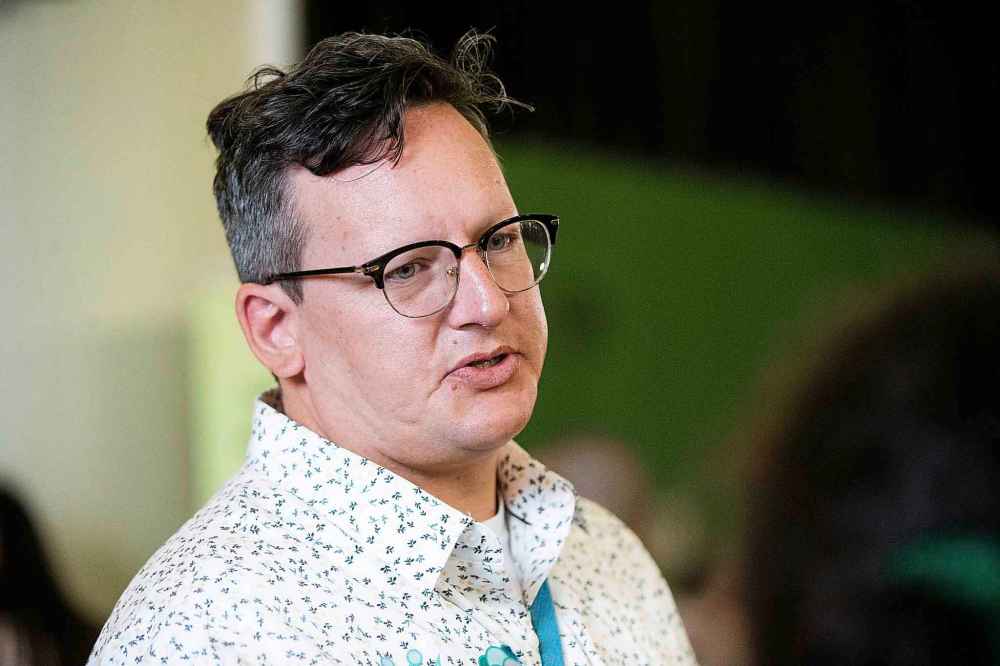Two troubling drug-use trends are continuing in the province — a high number of deaths and that the majority of the cases involve adults over the age of 40.
Data published Oct. 11 indicates May had the third-highest death count this year so far with 47, second only to April (53) and January (56). Out of the 47 who died, 15 were between the ages of 40 and 49, seven were 50 to 59, and nine were 60 or older.
In April, 29 out of the 53 deaths were people over 40.
The numbers are unsurprising for those who work on the front lines in drug-harm reduction in the city.
“Our team is reporting that folks who are long-time users, or are people who have a lot of lived experience with substance use, we’re seeing folks who typically don’t require any type of intervention, requiring some form of intervention,” Sunshine House executive director Levi Foy said.
Foy said the people Sunshine House serves have reported the cost of supply has gone up, and in the un-regulated drug market, users may be forced to switch to something cheaper and unfamiliar, which can result in adverse reactions and even serious overdoses.

The new drug-death numbers come in what is historically a difficult weekend, Foy said.
“Thanksgiving weekend is always a very typically hard weekend, and this change in seasons is very, very hard,” Foy said.
“It’s hard to pinpoint, but there’s just a lot of pressure in a lot of areas, whether that be poor supply, less supply coming in, folks’ stress levels are increasing, anxiety levels are increasing, and then, with all of those contributing factors, people might overdose.”
Meanwhile, Manitoba has begun reporting quarterly opioid toxicity death data with the Public Health Agency of Canada, after regularly being the only province in the country not providing timely data.
However, preliminary numbers being released by the chief medical examiner’s office are still delayed by months.
Housing, Addictions and Homelessness Minister Bernadette Smith said the numbers for the first quarter of 2024 were released after working through an 18-month backlog caused by the previous Conservative government.
“We came out of a government for seven and a half years that didn’t take a harm reduction approach, that wasn’t transparent, that didn’t report. We were 18 months (behind) before anything was reported on,” she said.
Last December, Smith said she planned to create a “cross-departmental working group” to tackle the delays.
A public health officer was hired in May for the medical examiner’s office tasked with speeding up reporting overdose death data, Smith said.
“She’s going through all the paper files, because we don’t have electronic, and really desegregating all of that data so that we can understand the trends and look at all of that and help us understand what’s going on in the province,” she said.
Arlene Last-Kolb, regional director for the harm reduction group Moms Stop the Harm, said the toxic supply of drugs circulating in the city is the greatest cause of death.
“We talk about fentanyl like we accept it, like it’s OK for people to be addicted to fentanyl, or to allow people to take these synthetic drugs,” she said.
“How else do you eliminate that? By giving them something else. It’s about replacing the toxic drugs that are killing people, that are causing great damage.”
Alerts published online this month have warned drugs sold in Winnipeg are tainted with dangerous cutting agents, including the new synthetic opioid protonitazene, which is considered to be three times more potent than fentanyl.
malak.abas@freepress.mb.ca

Malak Abas
Reporter
Malak Abas is a city reporter at the Free Press. Born and raised in Winnipeg’s North End, she led the campus paper at the University of Manitoba before joining the Free Press in 2020. Read more about Malak.
Every piece of reporting Malak produces is reviewed by an editing team before it is posted online or published in print — part of the Free Press‘s tradition, since 1872, of producing reliable independent journalism. Read more about Free Press’s history and mandate, and learn how our newsroom operates.
Our newsroom depends on a growing audience of readers to power our journalism. If you are not a paid reader, please consider becoming a subscriber.
Our newsroom depends on its audience of readers to power our journalism. Thank you for your support.